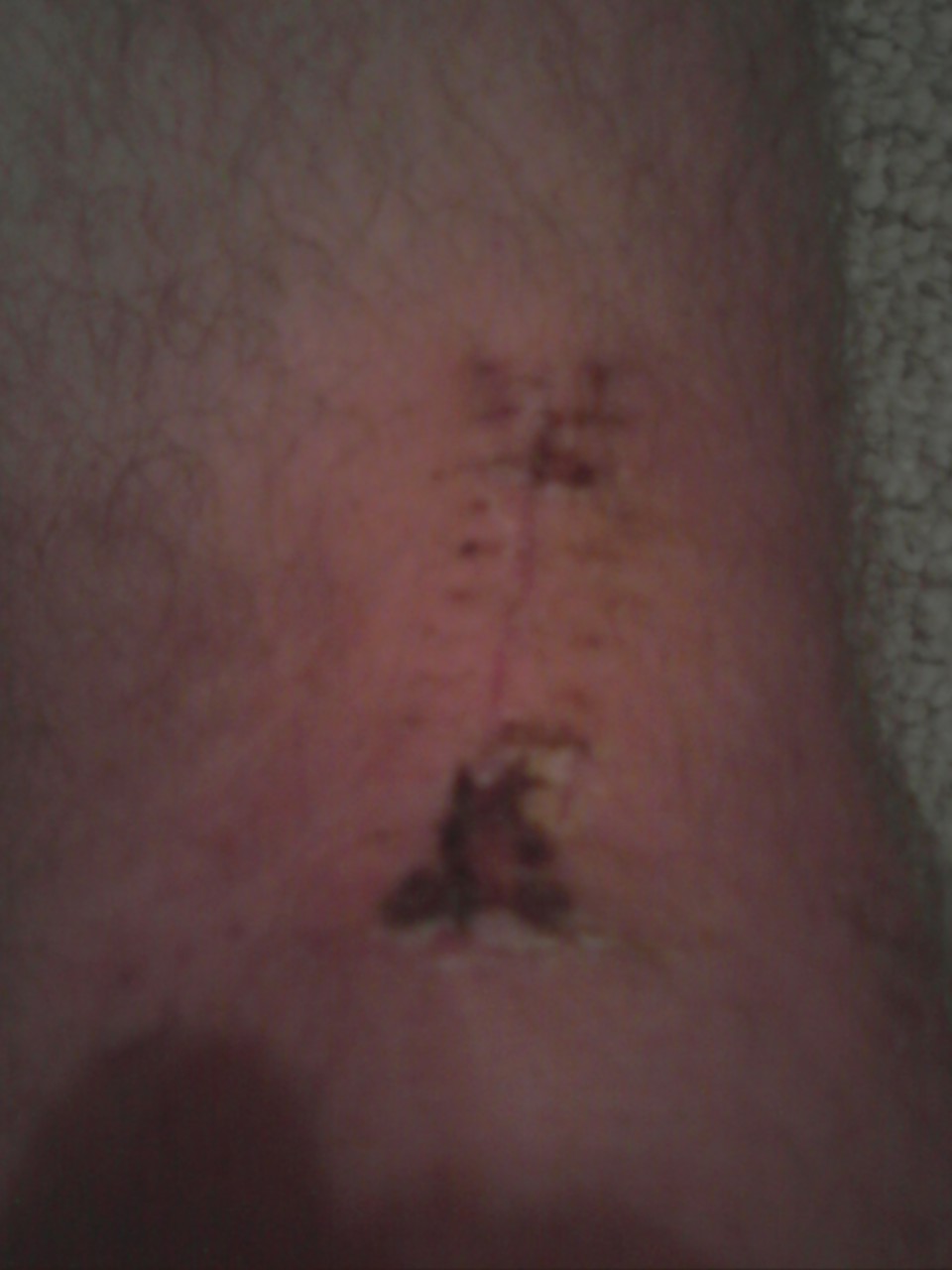|
After tearing an ACL the injured individual has some important questions ahead of him/her.
~ Are there options other than surgery that can effectively heal my torn ligament?
~ If not, which type of surgery should I pursue?
~ How long will the surgery be?
~ Will I miss much work?
_________________________________________________________________________
Which type of surgery should I pursue?
Choosing a type of surgery can very well be the most difficult decision of all. There are three main types of reconstruction typically used:
~ Patellar tendon
~ Hamstring
~ Cadaver
Patellar Tendon
Of the three preferred choices for ACL reconstruction, the bone-patellar tendon-bone autograft (refered to here simply as Paterllar Tendon) is the most popular (46% of reconstructions). The patellar tendon autograft, in simple terms, splices the middle 1/3 of your patellar tendon and uses it to replace the damaged ACL. Though this sounds like an unideal situation, as you're damaging one portion of your body to repair another, the patellar tendon usually heals to its prior state within 3-6 weeks. The use of the patellar tendon also increases the strength of the newly installed 'ligament', as studies have found that the tensile strength of the patellar tendon (2950 Newtons to failure) is nearly 30% stronger than that of the ACL (2160 N). Though popular, and beneficial, the patellar tendon autograft also has its negatives. After surgery, there is some risk of patellar tendon fracture/rupture. Many patients also report front knee pain while kneeling, even years after surgery.
This is the graft that I had chosen. I am currently 14 months out from surgery and still experience some pain in my knee. I feel comfortable to resume athletic activity, and have even stopped using my knee brace (DO NOT DO THIS WITHOUT YOUR PHYSICIANS APPROVAL!). Overall, I'm happy with the surgery and am hoping with further strength and conditioning to iron out any pains that still persist.
Hamstring
The second most preferred choice for ACL reconstruction is the hamstring-tendon autograft (32%). Portions of the hamstring are taken and 'bundled' together. Post-op pain, is less, as well as long-term pain, as most of that can usually be attributed to the patellar tendon graft. Healing time is a bit longer, as the graft takes longer to heal.
Cadaver
Allografts from cadavers rank third in popularity among ACL reconstructions (22%). Allografts use sanitized ACL's from cadavers, minimizing the additional invasiveness of the more popular methods (Patellar, and Hamstring). Post-operative healing times are quicker, as less tissue was taken from your own body. The benefits do not come without some costs, as allographs usually take longer to heal overall (9-12 months vs 4-6 months; the article states 4-6, but you'd be hard pressed to find somebody fully recovered from ACL surgery in 4 months), and the possibility of infection (albeit small; 1-1.5 in 1 million). Some studies have found that with proper implementation, allografts can provide the surgeon with clinical results equal to [that of] autograft reconstructions.
. ...CONTINUED ON PAGE 3
|
